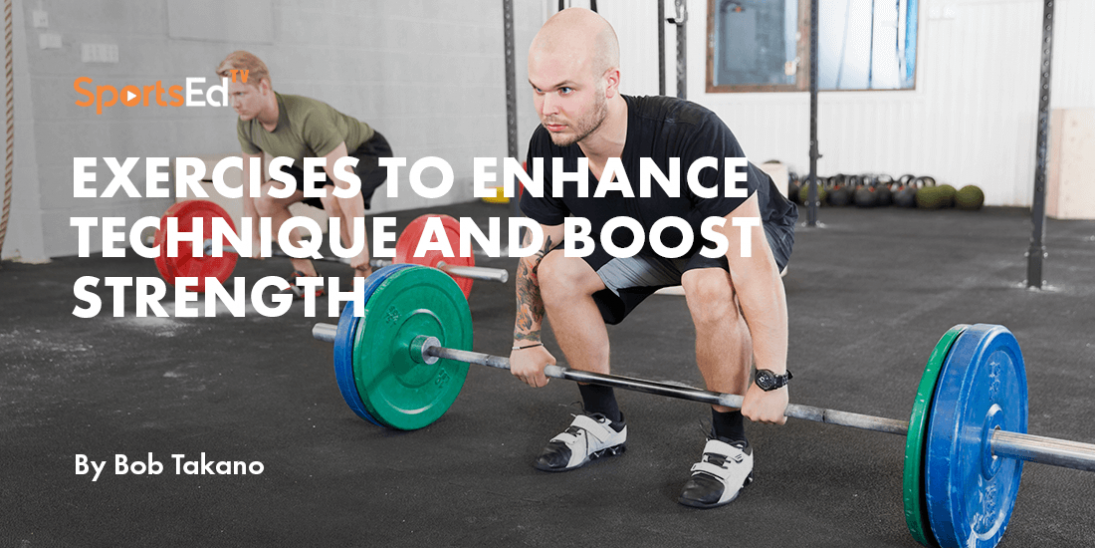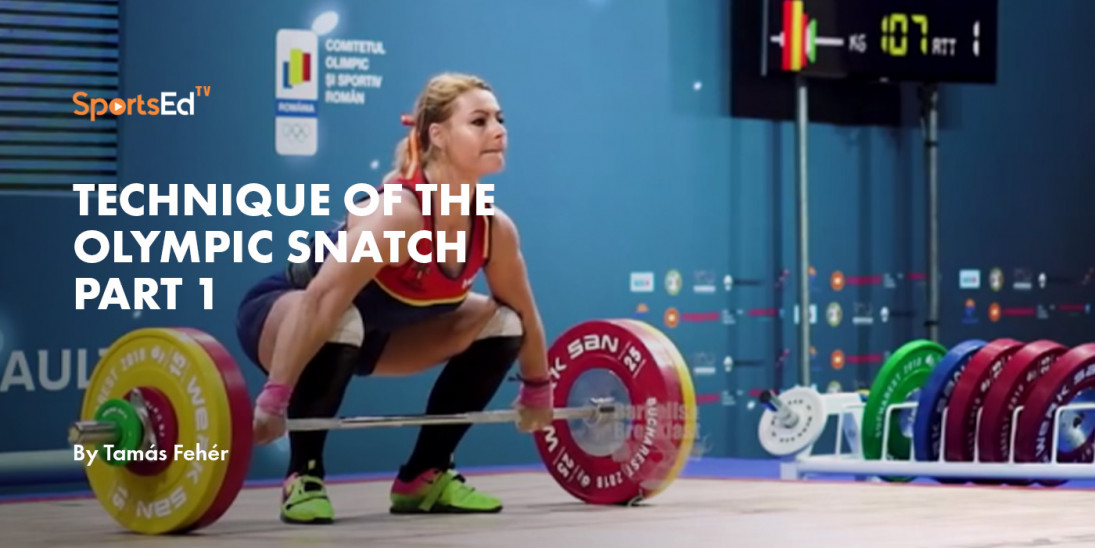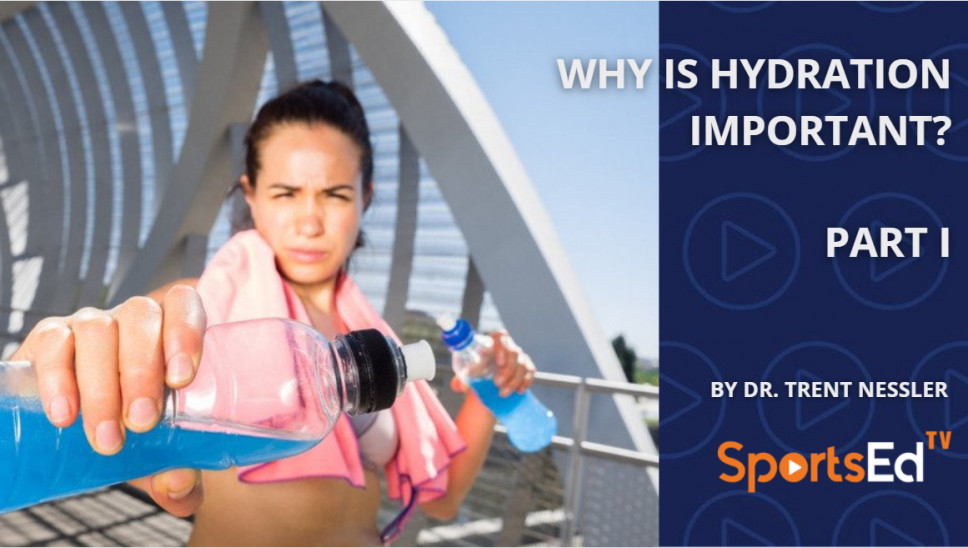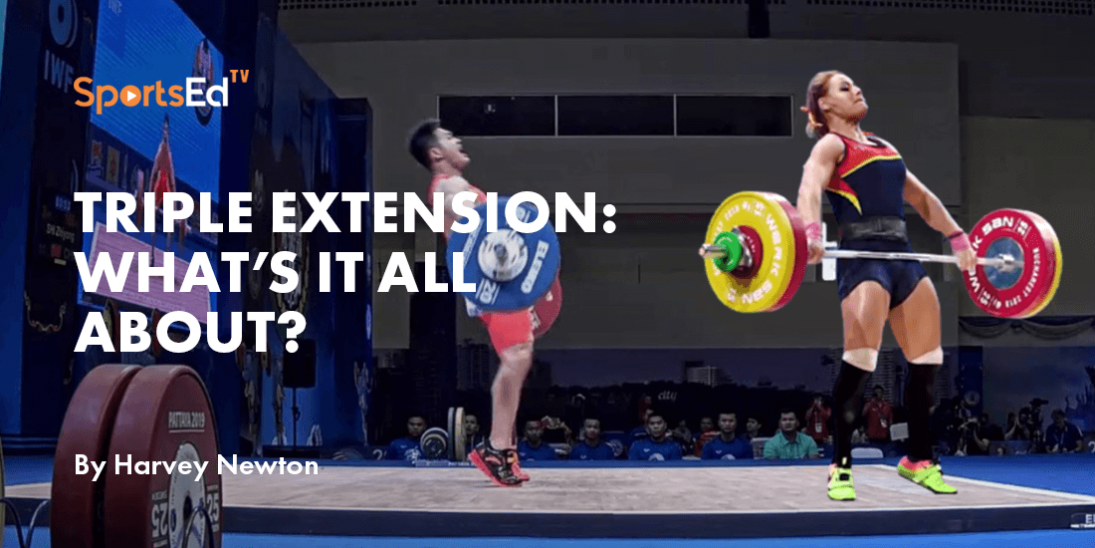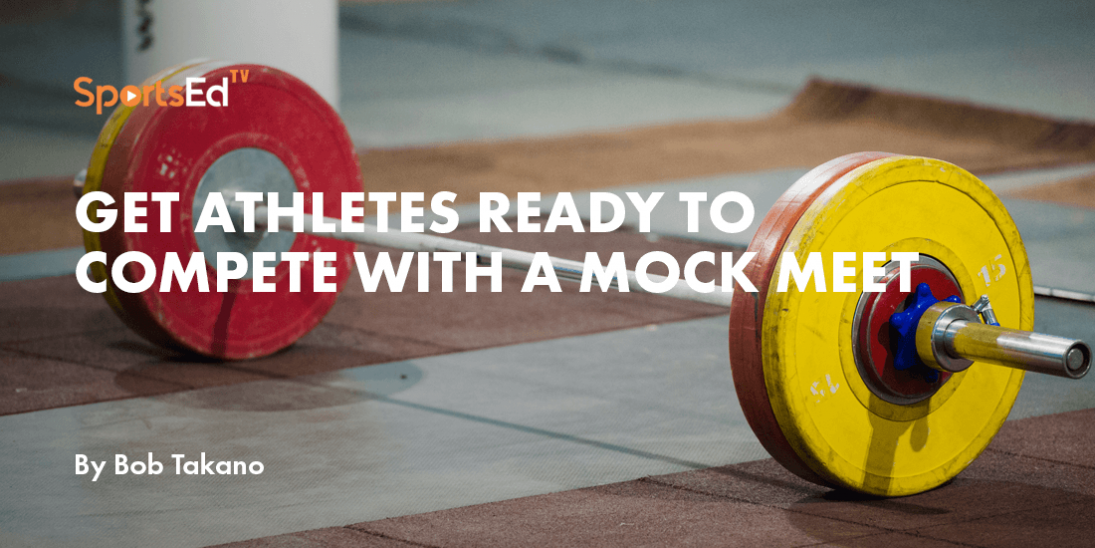Weightlifting, Health
Welcome and thanks for visiting...

Strength Training and Volleyball ACL Injuries
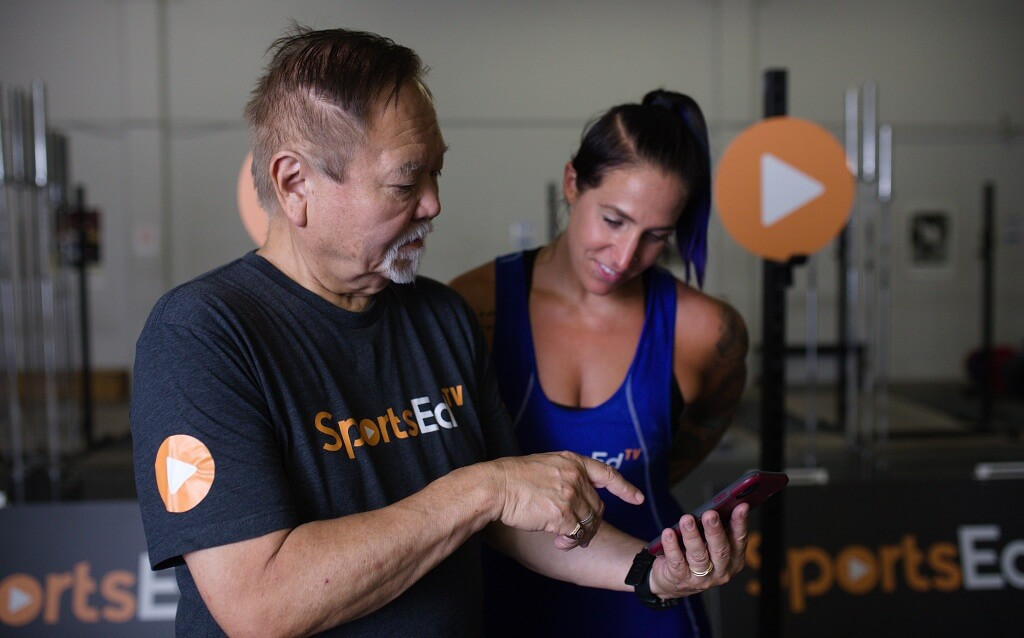
Weightlifting Hall of Fame coach Bob Takano shares his views on appropriate strength training for the prevention of ACL injuries in volleyball players. After a recent extensive video shoot at Coach Takano’s Los Angeles training facility, he agreed to share his thoughts with SportsEdTV followers.
Background
I’ve provided strength and conditioning coaching for female volleyball players since 1992. I’ve worked with hundreds of them, almost entirely high school/club players. As an indication of the quality of athlete, 18 of them have gone on to earn Division 1 scholarships. That statistic in which I take the most pride, however, is the fact that over this 28-year period, none of my athletes has experienced an anterior cruciate ligament (ACL) injury.
I realize that this is anecdotal, but I do believe that it is significant. Each year in the U.S. 20,000 to 80,000 female athletes suffer non-contact ACL injuries mainly in the sports of basketball, volleyball, and soccer. The fact that my athletes never suffer these injuries must be at least partly attributable to the strength and conditioning regimen that I provide.
Emphasis 1
When I first started working with female high school volleyball players, I read a great deal about the ACL injury rate and decided that the first and easiest solution would be to strengthen the knee. Being a weightlifting coach, I knew that full squats with weights were the best remedy. So, my athletes have been squatting in each workout on a 3x/week basis.
Initially there was some resistance as many Americans believe that full squats are detrimental for knee development. This is because many of them do not like to work very hard and full squats are hard work. To justify their lack of effort they created the myth that full squats are bad for knees. This mythology exists in no other country.
Emphasis 2
After working with female volleyball players for a few years I realized that many of them had been selected because they were tall, which meant they had long femurs. Many of them were slow to develop strength in the thigh musculature and would prefer instead to use hip extension and almost no knee extension. This was especially true when they were landing after a jump (very slight knee flexion). Getting them to flex (bend) the knees upon landing became a priority.
What I further began to understand was that performing power jerks, power cleans, and power snatches, as well as the lowering of weights to the shoulders after performing a power jerk or push press, taught them how to brake under load, or how to bend the knees when catching the weight—the same motion as that involved in landing after a jump.
Emphasis 3
Not all landing takes place with the feet directly under the hips. Quite often it takes place with one foot ahead of the other. To mimic this, I had my athletes perform split snatches and split cleans from blocks or the hang. This also places a premium on foot speed. I had programmed split lifts from day 1 but didn’t immediately realize their value in the knee injury prevention issue.
Emphasis 4
Jumping down from a block (about 60 cm, or 24 inches) and immediately upon landing jumping back up on to a block of equal height (plyometric jumping) teaches the athlete to keep pressure on the balls of the feet. This employs the elastic energy developed to initiate the thrust of the vertical component. Landing in this fashion with minimal touch time reinforces proper jumping mechanics and minimizes the danger of excessive impact from a flat-footed landing.
And so….
While most of my training is designed to improve the speed of movement, increase strength to bodyweight ratios, and improve the durability of the physical structure, I am glad to have influenced the development of my athletes in such a way that they’ve been able to avoid catastrophic knee injuries.
Videos of athletes performing the movements I employ can be viewed at the following SportsEdTV links:
- Hang Power Snatch:
- Hang Power Clean (full clean shown):
- Hang Split Snatch (shown from floor):
- Hang Split Clean (not currently available)
- Power Jerk:
- Push Press:
- Back Squat:
- Front Squat:
- Front Lunge (not currently available)
- Overhead Lunge (not currently available)
- Good Morning (not currently available)
- Press:
Please return to SportsEdTV in the near future to watch our large exercise library that is currently being edited. Included will be more of the movements not currently available. In the meantime, please feel free to access more information from my website, http://www.takanoweightlifting.com. For volleyball specific training opportunities, please email me at membership@takanoathletics.com.
Good luck with your training!

